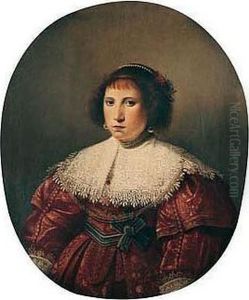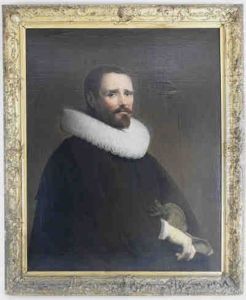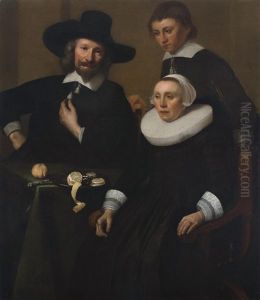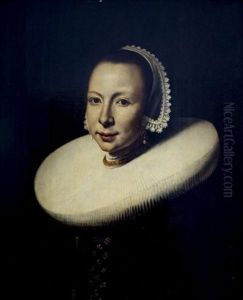Pieter Dubordieu Paintings
Pieter Dubordieu was a Dutch Golden Age painter and engraver, born in 1609 in the city of Leiden, Netherlands. He is not as widely recognized as some of his contemporaries, and as such, detailed information about his life is less abundant. Dubordieu was active during a period of great prosperity and cultural achievement in the Netherlands, which is reflected in the artistic output of the time.
Dubordieu's work was primarily in the realm of portrait painting, a flourishing genre during the Dutch Golden Age. He was known for his fine and detailed engravings as well. Throughout his career, Dubordieu worked in various places, including Leiden and possibly in France. His style was influenced by the prevalent Baroque idiom of the era, which emphasized dramatic effects, detail, and a heightened sense of realism.
Despite the lack of extensive documentation, it is known that Dubordieu's contribution to art during the Dutch Golden Age was appreciated in his time. His works were characterized by a strong attention to detail, particularly in the rendering of fabrics and textures, which was a common trait among Dutch artists of the period.
Pieter Dubordieu died in 1678 in Lyon, France. Though his legacy is not as prominent as some of the leading artists of his day, his surviving works offer insight into the portraiture style and technical proficiency that were hallmarks of 17th-century Dutch art. Scholars of the Dutch Golden Age continue to study artists like Dubordieu to gain a more comprehensive understanding of the era's artistic landscape.



